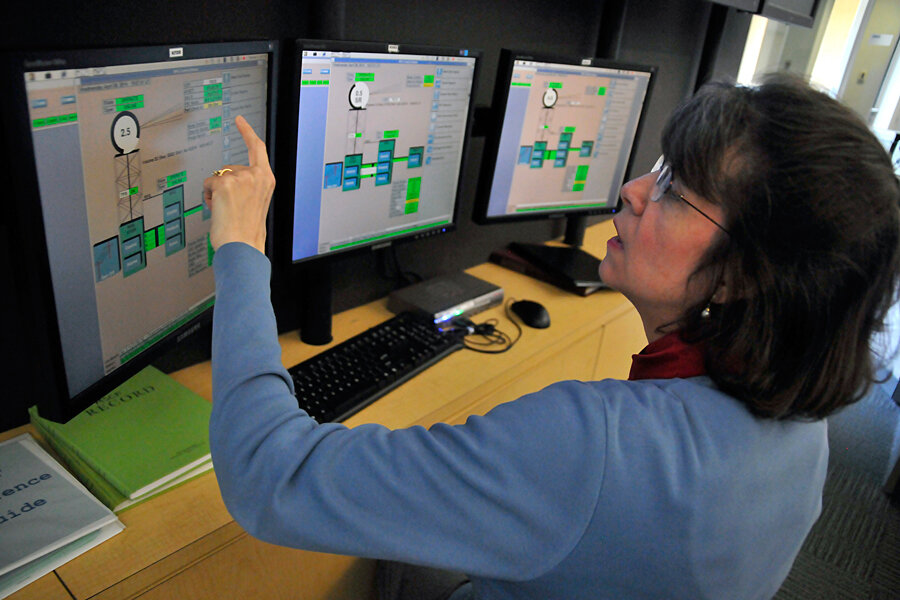Weather information is flying across the Internet and through traditional broadcast media, but it's still important to identify reliable sources of accurate information and monitor them, Mr. Carbin says.
"Just because you hear, 'Three days from now there's a slight chance of severe weather,' if you don't check back, you could be surprised. Forecasts can change, in some cases very quickly," he says.
The local National Weather Service forecast office is responsible for issuing specific severe-weather warnings, and they work with local broadcasters to spread the word, as well as through the service's own weather-radio network. But that doesn't prevent misinformation from cropping up. Last year, for instance, a bogus map that looked to originate with the Storm Prediction Center appeared on Facebook, calling for a moderate risk of severe thunderstorms over southern California, Carbin recalls. Information sent out over social media can be accurate, but it also can be questionable. If it looks odd, double-check with the local forecast office.








